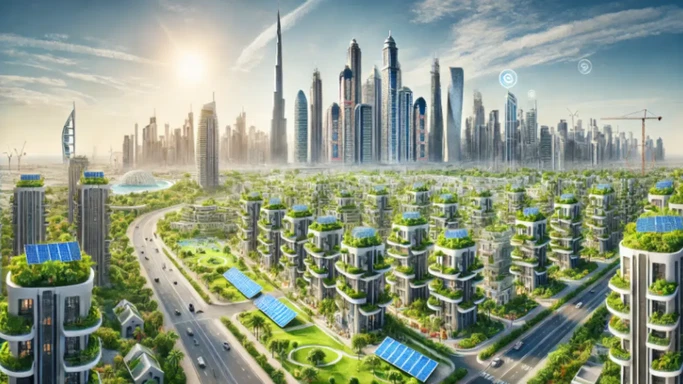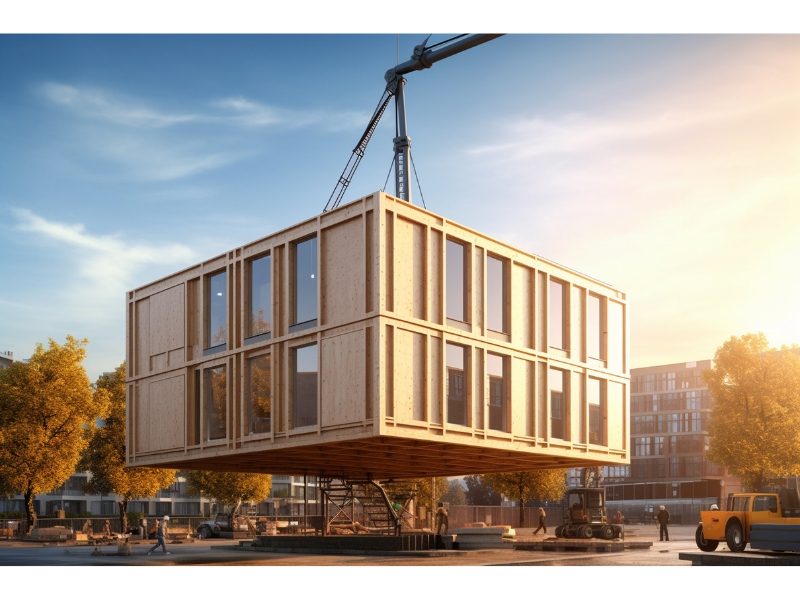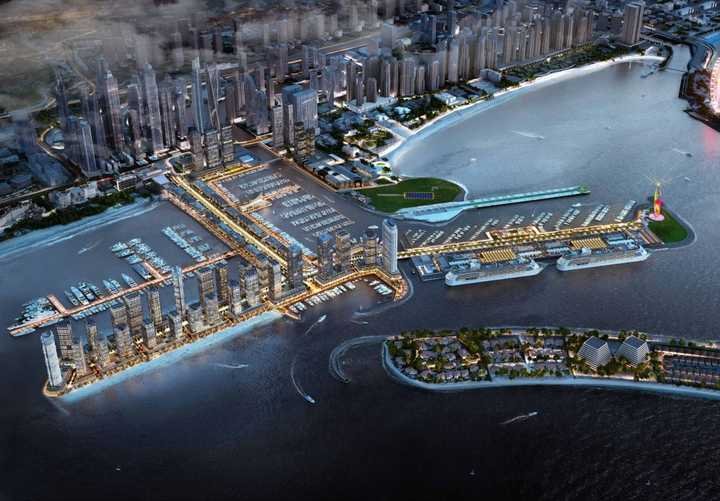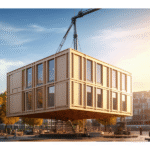Now Reading: Green Financing Real Estate UAE: Banks Supporting Sustainable Projects
-
01
Green Financing Real Estate UAE: Banks Supporting Sustainable Projects
Green Financing Real Estate UAE: Banks Supporting Sustainable Projects

Green financing real estate UAE is becoming a critical driver of sustainable property development. Banks and financial institutions are increasingly providing loans, incentives, and support for eco-friendly projects, enabling developers and investors to integrate sustainability into construction, design, and operations.
This article explores the role of green financing in UAE real estate, how banks support sustainable projects, the benefits for developers and investors, and the long-term impact on the property market.
Understanding Green Financing in Real Estate
Green financing refers to financial products such as loans, mortgages, bonds, and investment funds specifically aimed at supporting environmentally sustainable projects. In real estate, this includes:
- Energy-efficient buildings
- Low-carbon materials and construction methods
- Water and waste management solutions
- Renewable energy integration
- LEED, Estidama, or other green building certifications
Banks offer preferential interest rates, flexible repayment terms, and other incentives to encourage sustainable property development.
Why Green Financing Matters in the UAE
- Government Sustainability Goals
The UAE’s Vision 2021, Dubai 2040 Urban Master Plan, and Abu Dhabi Vision 2030 emphasize sustainable urban development, creating demand for eco-friendly real estate projects. - Environmental Responsibility
Green financing encourages developers to reduce carbon footprints, conserve resources, and adopt renewable energy solutions. - Market Differentiation
Developers with sustainable projects attract environmentally conscious buyers and investors. - Long-Term Cost Savings
Energy-efficient buildings reduce operational costs, providing financial benefits for owners and tenants. - Investment Appeal
Green-certified properties often achieve higher rental yields and resale values, enhancing investment potential.
How Banks Support Sustainable Real Estate Projects
Preferential Loans and Mortgages
- Lower interest rates for developers constructing LEED- or Estidama-certified buildings.
- Green mortgages for buyers purchasing eco-friendly homes.
Sustainability-Linked Bonds
- Issuance of bonds tied to environmental performance metrics.
- Encourages developers to meet sustainability targets to access better financing terms.
Advisory Services
- Banks provide guidance on compliance with green building standards.
- Support for project certification and reporting of sustainability metrics.
Incentive Programs
- Reduced fees for green projects.
- Technical assistance to integrate renewable energy, water recycling, and smart building technologies.
Benefits of Green Financing for Stakeholders
For Developers
- Access to lower-cost capital for eco-friendly projects.
- Increased marketability and premium pricing for green buildings.
- Alignment with government regulations and incentives.
For Investors
- Sustainable projects often have higher long-term returns and lower operational risks.
- Attractive to international investors seeking ESG-compliant assets.
For Buyers and Tenants
- Reduced utility costs due to energy and water efficiency.
- Healthier indoor environments with improved air quality and materials.
- Contribution to sustainability without sacrificing lifestyle or comfort.
Case Studies: Green Financing in UAE Real Estate

Dubai’s Sustainable Communities
- Developments in Dubai Hills Estate and Dubai Sustainable City utilize green financing to integrate solar energy, efficient water systems, and low-carbon construction.
Masdar City, Abu Dhabi
- Masdar City leverages green loans and incentives for renewable energy infrastructure, modular construction, and sustainable urban design.
High-Rise Projects
- Luxury apartment towers in Downtown Dubai and Business Bay implement green building standards supported by bank financing to ensure energy-efficient lighting, cooling, and water systems.
Challenges in Green Financing
- High Initial Costs
- Sustainable construction can require higher upfront investment, though financing mitigates this barrier.
- Complex Certification Processes
- Obtaining LEED, Estidama, or similar certification can be time-consuming and requires technical expertise.
- Market Awareness
- Some developers and investors may lack knowledge about green financing opportunities.
- Measurement and Reporting
- Banks require detailed reporting on energy efficiency, emissions, and sustainability performance, which can be challenging for smaller projects.
Future Trends in Green Financing UAE
- Integration with ESG Investing: Banks and investors increasingly prioritize Environmental, Social, and Governance (ESG) criteria for funding projects.
- Increased Government Incentives: Policies encouraging green building adoption will expand financing options.
- Digital Platforms for Green Loans: Technology will simplify application, tracking, and reporting for sustainable projects.
- Hybrid Funding Models: Combining traditional finance, green bonds, and private investment to support larger projects.
Impact on the UAE Real Estate Market
- Accelerated Adoption of Sustainable Practices: Green financing enables developers to implement eco-friendly designs.
- Higher Property Values: Green-certified projects attract premium pricing.
- Investor Confidence: Access to sustainable finance reduces risk and improves market stability.
- Enhanced Global Reputation: Supporting sustainable development aligns with the UAE’s international environmental commitments.
Conclusion
Green financing real estate UAE is a powerful catalyst for sustainable property development. By providing preferential loans, advisory services, and incentives, banks enable developers to create energy-efficient, low-carbon buildings that appeal to investors, buyers, and tenants alike.
As sustainability becomes a key driver of value in real estate, green financing will continue to play a pivotal role in shaping the UAE’s property market, promoting environmentally responsible development, and supporting the country’s long-term economic and environmental goals.
Follow us on: Instagram
Read More:The Role of Smart Sensors in Modern Housing Projects






















